Did You Hear? Stretching is Back in Fashion – Part 1
It’s no secret that our bodies feel tight and stiffer if we don’t stretch, especially as we get older. If you invest most of your exercise time into strengthening your muscles or working on your cardio routine, it’s easy to forget about stretching.

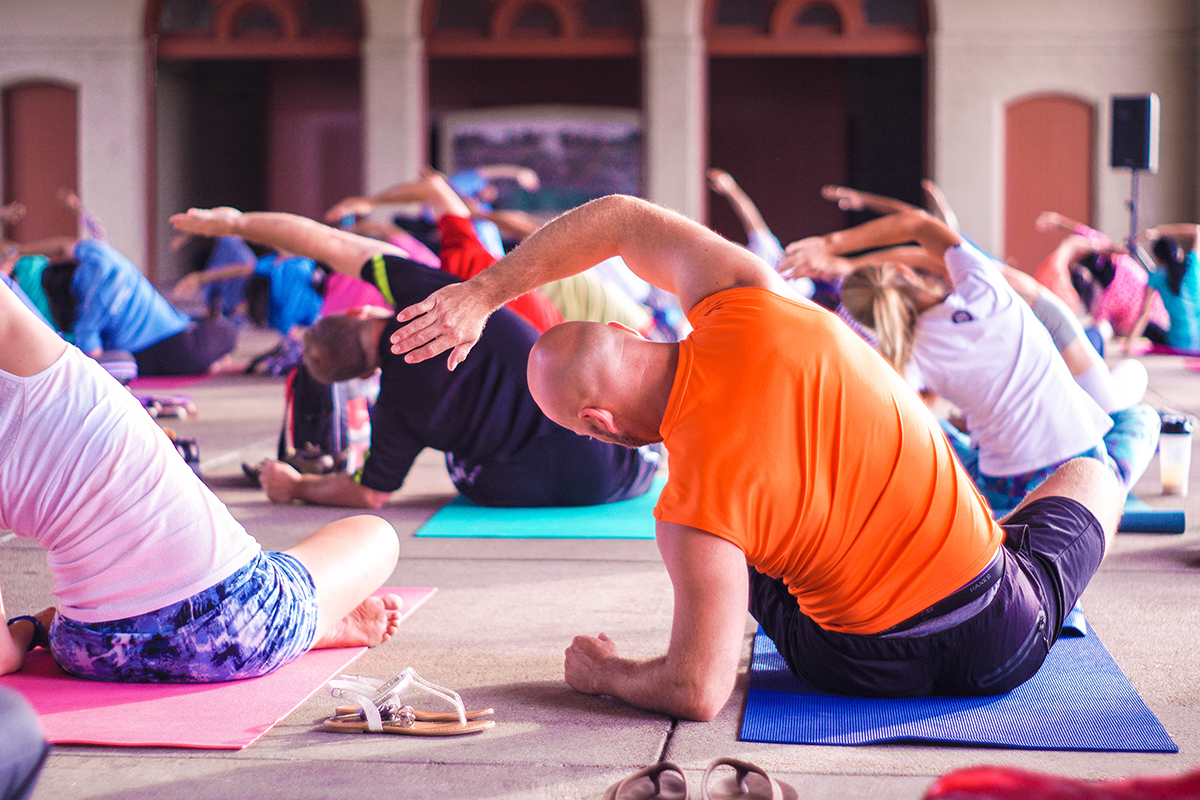
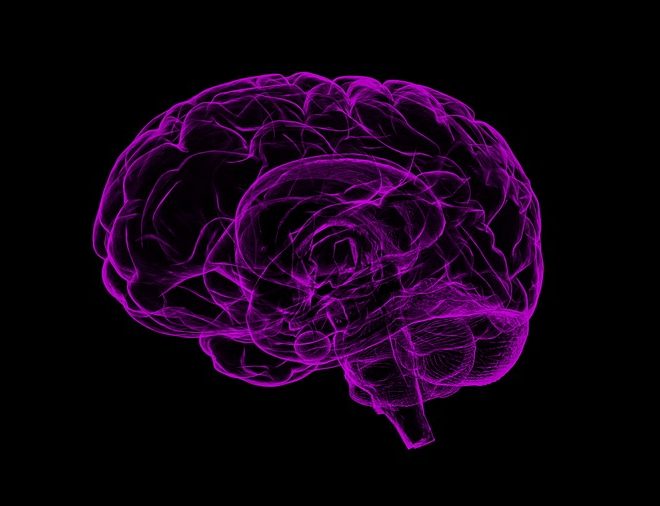
 Contrary to popular belief, neurogenesis continuously occurs in the adult brain under the right conditions such as with exercise. Substantial benefits on cognitive test performance were noted for combined physical and cognitive activity than for each activity alone. It was also noted that the physical and cognitive exercise together might interact to induce larger functional benefits. “We assume, that physical exercise increases the potential for neurogenesis and synaptogenesis while cognitive exercise guides it to induce positive plastic change” (Bamidis, 2014). To maximize cognitive improvement, combine physical exercise with cognitive challenges in a rich sensorimotor environment that includes social interaction and a heaping dose of fun.
Contrary to popular belief, neurogenesis continuously occurs in the adult brain under the right conditions such as with exercise. Substantial benefits on cognitive test performance were noted for combined physical and cognitive activity than for each activity alone. It was also noted that the physical and cognitive exercise together might interact to induce larger functional benefits. “We assume, that physical exercise increases the potential for neurogenesis and synaptogenesis while cognitive exercise guides it to induce positive plastic change” (Bamidis, 2014). To maximize cognitive improvement, combine physical exercise with cognitive challenges in a rich sensorimotor environment that includes social interaction and a heaping dose of fun.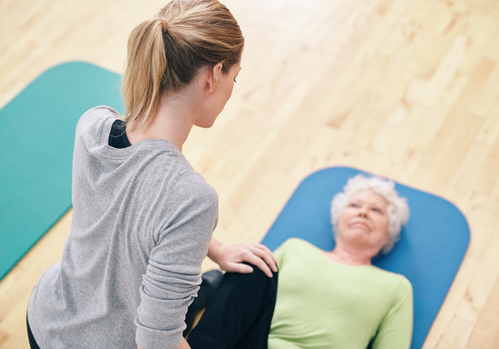
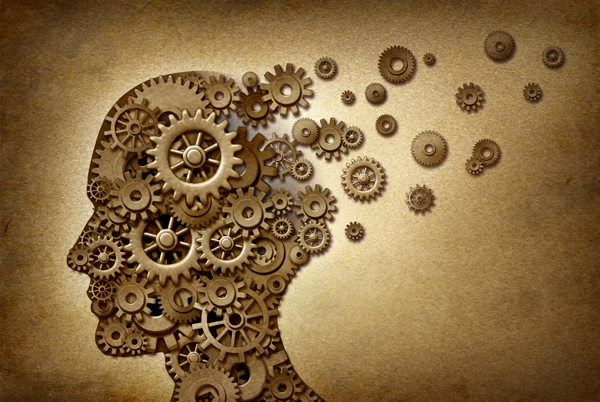
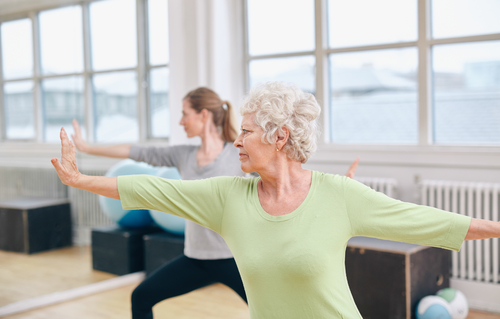 Movement is one of the keys to preventing any disease, and encouraging at least three 30-minute sessions per week should be imperative. As diets, exercise regimes should be tailored to a patient’s needs and preferences. Instead of being made a chore, regular exercise should be an enjoyment and a clear avenue to improved overall health.
Movement is one of the keys to preventing any disease, and encouraging at least three 30-minute sessions per week should be imperative. As diets, exercise regimes should be tailored to a patient’s needs and preferences. Instead of being made a chore, regular exercise should be an enjoyment and a clear avenue to improved overall health.
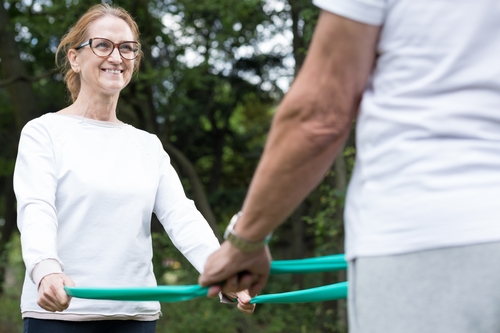
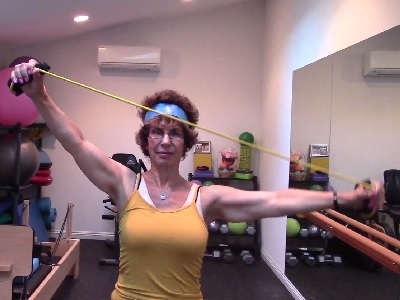
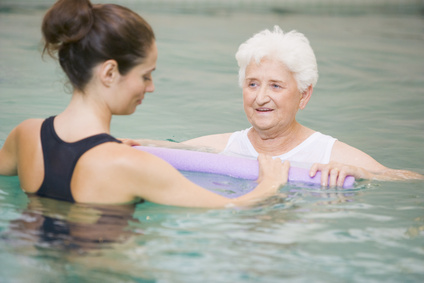
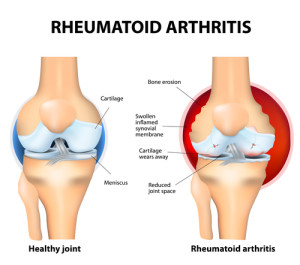 When left unchecked, rheumatoid arthritis can be majorly debilitating and cause real and continued pain. However, if you’re willing to do the research and put in the work, you can do certain exercises which can majorly reduce the symptoms, improve your overall mood and actually make you that much physically healthier, generally speaking, which can only be a good thing. The real question then is, what sort of exercises ought you be doing to try and achieve this. Well, let’s take a look at five ways to help improve those symptoms.
When left unchecked, rheumatoid arthritis can be majorly debilitating and cause real and continued pain. However, if you’re willing to do the research and put in the work, you can do certain exercises which can majorly reduce the symptoms, improve your overall mood and actually make you that much physically healthier, generally speaking, which can only be a good thing. The real question then is, what sort of exercises ought you be doing to try and achieve this. Well, let’s take a look at five ways to help improve those symptoms.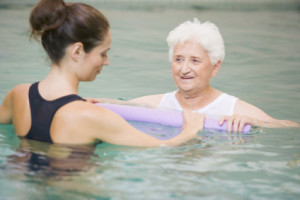

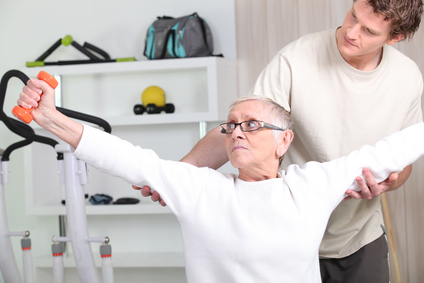 The most important factor in the safety and efficacy of the exercise program is the initial assessment. At the very least this should include a comprehensive postural assessment as well as shoulder range of motion measurements taken with a goniometer. The well-trained fitness professional will be able to deduce, from the results, which muscles need to be stretched and which need to be strengthened. By selecting the wrong combinations of exercises, the results may not only be undesirable, they may in fact be detrimental. For example, if a client presents with moderate to severe upper-crossed syndrome, performing any kind of “pushing” exercise that would involve the chest muscles (chest press), could make the syndrome even more pronounced by causing the pectoral muscles to tighten and contract. Instead, the goal need to be on stretching the chest wall and strengthening the opposing muscles in the back; particularly the scapular stabilizers.
The most important factor in the safety and efficacy of the exercise program is the initial assessment. At the very least this should include a comprehensive postural assessment as well as shoulder range of motion measurements taken with a goniometer. The well-trained fitness professional will be able to deduce, from the results, which muscles need to be stretched and which need to be strengthened. By selecting the wrong combinations of exercises, the results may not only be undesirable, they may in fact be detrimental. For example, if a client presents with moderate to severe upper-crossed syndrome, performing any kind of “pushing” exercise that would involve the chest muscles (chest press), could make the syndrome even more pronounced by causing the pectoral muscles to tighten and contract. Instead, the goal need to be on stretching the chest wall and strengthening the opposing muscles in the back; particularly the scapular stabilizers. Following the warm-up and lymph drainage exercises, the exercise specialist should determine what the areas of “need” are for the client. Remember to begin with stretching and range of motion exercises until they have close to “normal” range of motion. At that point the goal becomes strength training and choosing exercises that will strengthen the weaker muscles and stretch the tight and shortened muscles. Weight/resistance should also be very gradually increased and attention paid to any potential swelling of the extremity. Typically I chose exercises that will stretch the chest (chest fly, corner or door stretch, assisted stretching) and will strengthen the back (low/high rows, reverse flies, lat pulldown). They often [present with winged scapula following a node dissection. If this is the case, I will incorporate exercises that will strengthen the serratus anterior. If they have undergone an abdominal TRAM procedure, core work will be of the greatest importance in preventing, or minimizing, low back pain.
Following the warm-up and lymph drainage exercises, the exercise specialist should determine what the areas of “need” are for the client. Remember to begin with stretching and range of motion exercises until they have close to “normal” range of motion. At that point the goal becomes strength training and choosing exercises that will strengthen the weaker muscles and stretch the tight and shortened muscles. Weight/resistance should also be very gradually increased and attention paid to any potential swelling of the extremity. Typically I chose exercises that will stretch the chest (chest fly, corner or door stretch, assisted stretching) and will strengthen the back (low/high rows, reverse flies, lat pulldown). They often [present with winged scapula following a node dissection. If this is the case, I will incorporate exercises that will strengthen the serratus anterior. If they have undergone an abdominal TRAM procedure, core work will be of the greatest importance in preventing, or minimizing, low back pain.
